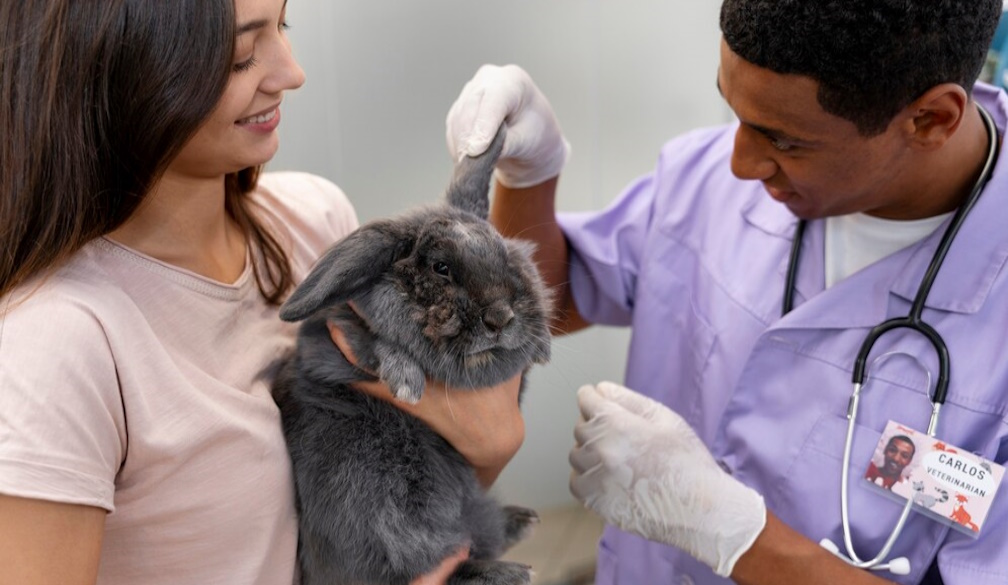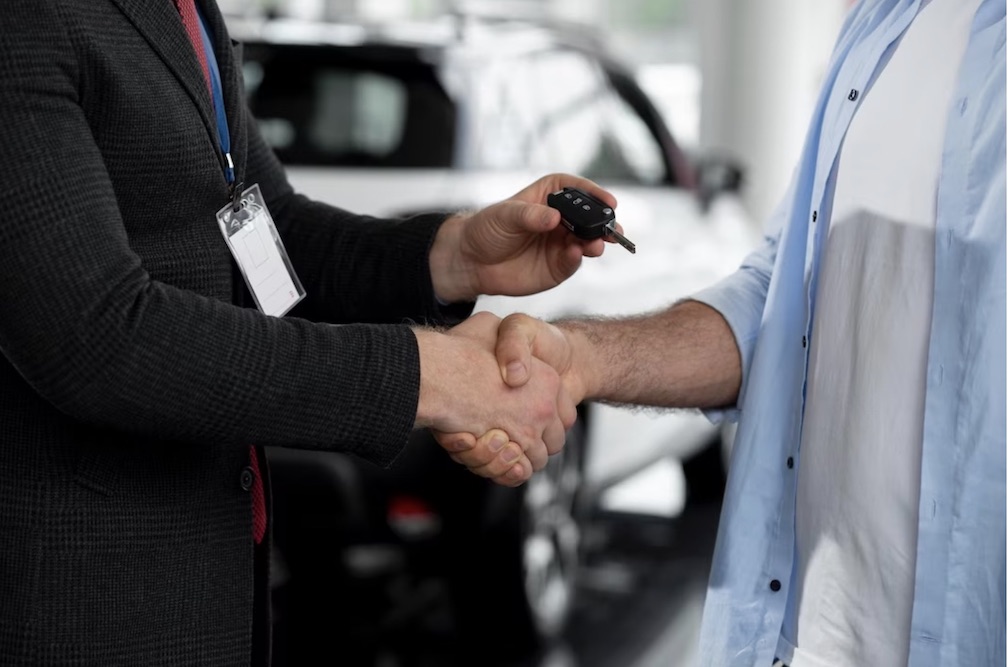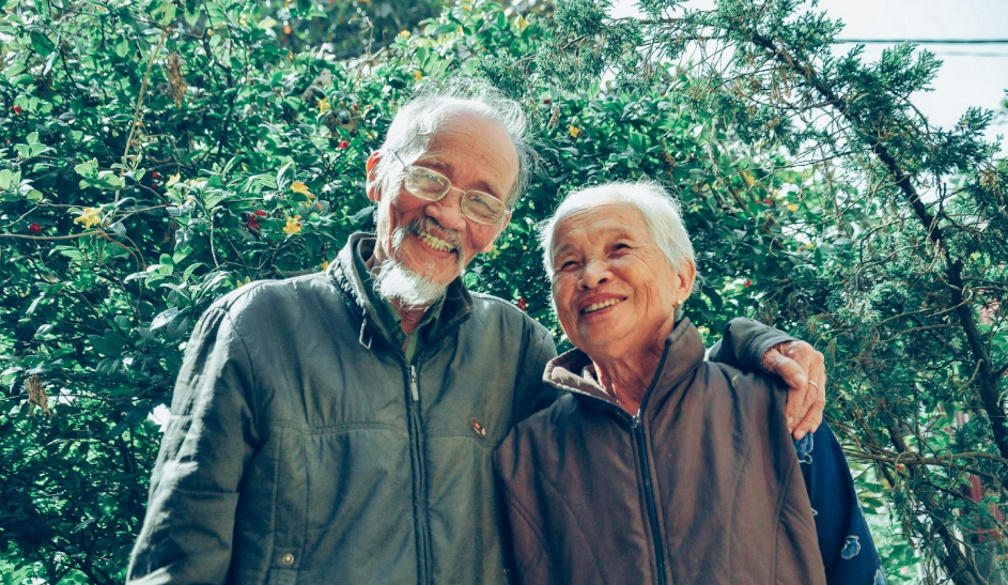Safeguarding Our Avian Friends: Innovations in Lice Treatment
- Written by Daily Sun

For bird owners, having a lice infestation may be scary. Our feathery companions may have pain and fitness issues as a result of these microscopic parasites, which can be frequently important to the unaided eye. Sadly, there are a number of fake ideals accessible on treating bird lice, which causes uncertainty and insufficient methods of coping with the issue. As environmentally benign and efficient substitutes for conventional chemical procedures, natural and homoeopathic therapies can be used to cure avian lice. But in order to protect our feathered friends, their use has to be done with caution, investigation, and expert advice. Our feathery companions may live in a healthy environment if we treat lice infestations organically and with gentleness by using a holistic approach to bird care.
Veterinary Care's Significance
In order to make certain the fitness and wellbeing of birds, avian veterinarians are important. They are qualified to identify and cope with quite a few ailments and diseases affecting birds, such as parasite infestations like bird lice. In order to minimise problems and assure the first-rate viable final results for the bird, it's far essential to are trying to find veterinary care for suspected bird lice treatment. This will make certain thorough evaluation, remedy, and monitoring. An expert veterinary examination is vital to diagnose infestations of bird lice. The veterinarian will check the bird for lice or their eggs (nits) at some point of the inspection by means of looking at its feathers, pores and skin, and popular health. To affirm the life of lice and assess the quantity of the infestation, they might gather skin scrapings or utilise magnification instruments.
Understanding Bird Lice; Types of Chemical Treatments
Ectoparasites known as bird lice live on the pores and skin, feathers, and blood of birds. It's critical to understand the opponent in advance than launching into treatments. They can motive irritation, feather damage, pores and skin infections, and in severe times, anemia. Quick identification and motion are important to save you the spread and escalation of infestations. Among the maximum used chemical bird lice treatment are insecticidal sprays and powders. They have energetic materials like carbaryl, pyrethrin, or permethrin which are intended to eliminate lice without delay.
There are numerous strategies to apply products; a few are used at the birds right now, while others are used within the bird's environment. Liquid chemical materials referred to as "spot-on remedies" are administered to a constrained location, generally the back of the bird's neck, where the fowl cannot without difficulty soak up them. By way of skin absorption, these merchandises get rid of parasites on a systemic stage. When treating character birds and making sure the dosage is regulated, they're in particular beneficial. A veterinarian might also provide oral capsules in some situations, especially in instances of excessive infestations. These systemic medicinal drugs want to be precisely dosed in step with the load and health kingdom of the bird a great way to be extra successful for prolonged-time period control.
Innovations in Bird Lice Treatment and Management
A surge of innovation in biological controls, genetic studies, precision era, and community-pushed solutions is reviving the fight in opposition to bird lice. These tendencies offer no longer simply more focused and powerful bird lice treatment options, however additionally a determination to environmental responsibility and sustainability. The management of bird lice seems to have a shiny destiny beforehand of it, with optimism for healthier birds and greater resilient ecosystems stemming from ongoing studies and development efforts to push the envelope.
The environmental effect and regulatory compliance of newly proposed treatment plans and management techniques are important issues. Sustainable layout principles are being used to bird lice manage innovations with a view to reduce non-goal consequences and assure the safety of birds, different species, and humans.

















